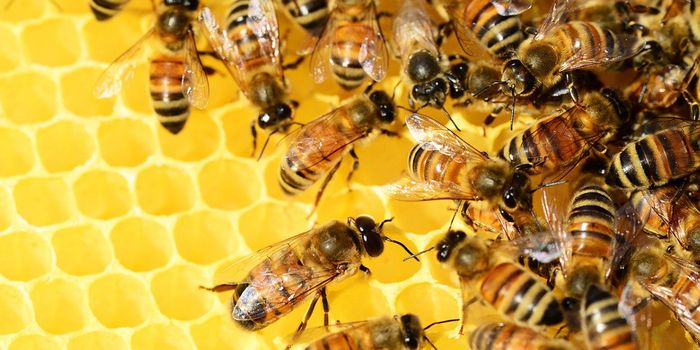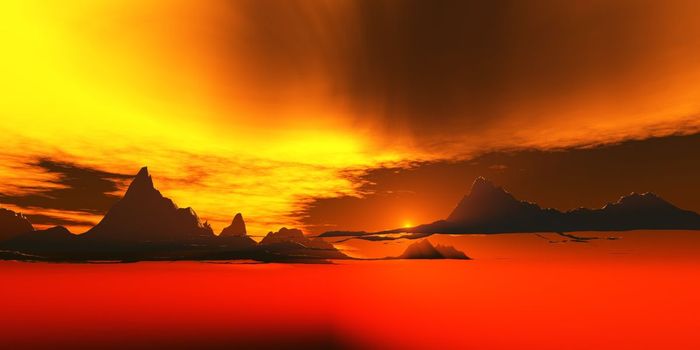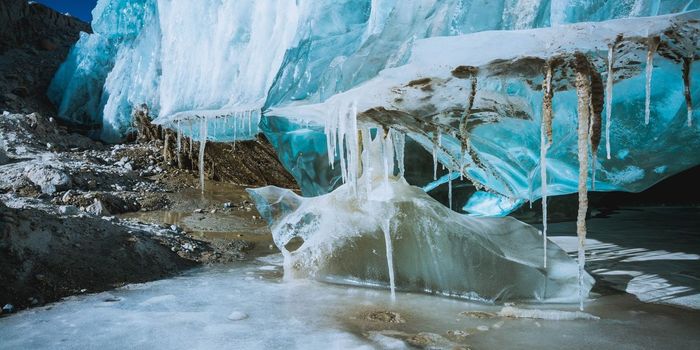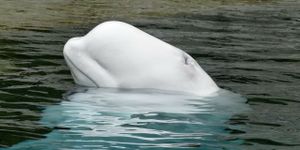Could We Survive On Enceladus or Titan?
Enceladus and Titan are two moons from our solar system that exhibit potentially-habitable conditions. On the other hand, we haven't studied them thoroughly enough to discern whether they sport any extraterrestrial life.
Cassini spent a lot of time exploring the Saturnine system, and that just so happens to be where both Enceladus and Titan reside. During its many fly-bys, planetary scientists received heaps of data. Some of that data hinted at sub-surface oceans and life-supporting molecules, among other things.
The Cassini probe came with a hitchhiker better known as the Huygens lander, and scientists sent it on a crash course with Titan's surface to learn more about it. Surprisingly, Titan's environment had a lot in common with Earth's, apart from its nippy temperature. That said, humans might have what it takes to survive there with minimal effort.
The circumstances surrounding Enceladus are a bit more mysterious. Rather than surface-based hints, the moon's surface might be concealing the details we want to know. Liquid jets were spewing from cracks in Enceladus' surface and hint toward the idea of a sub-surface ocean that we can't observe directly. On the other hand, sampling performed by Cassini during fly-by sweeps revealed life-friendly compounds in those jets.
Many questions remain about Enceladus and Titan, but with the Cassini mission now over, we won't be able to answer them until we send a new exploration mission to the outer solar system.








